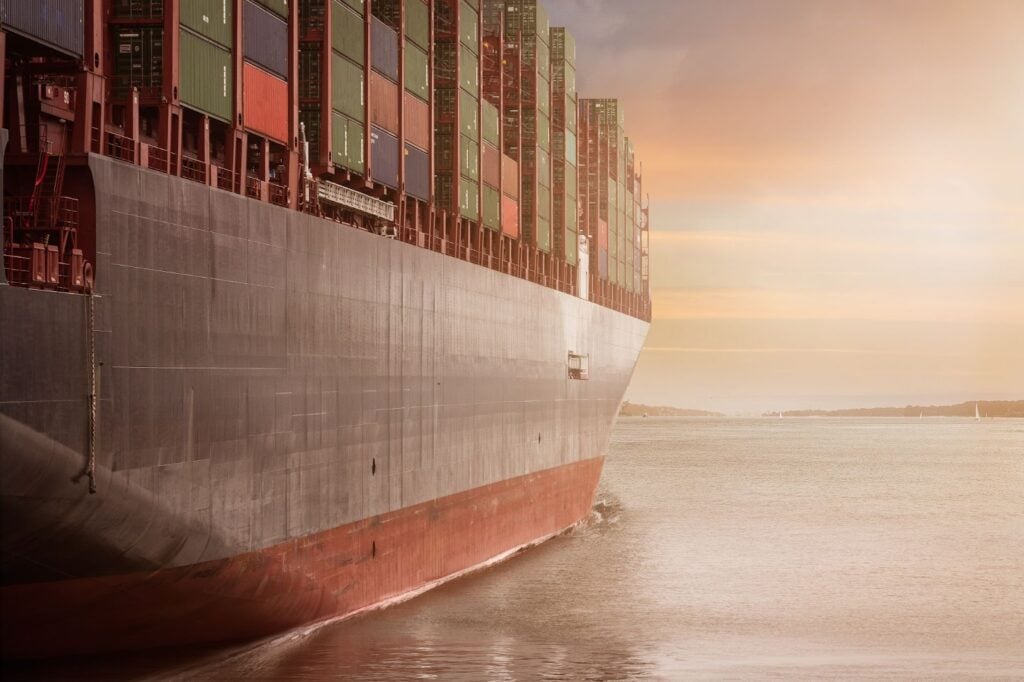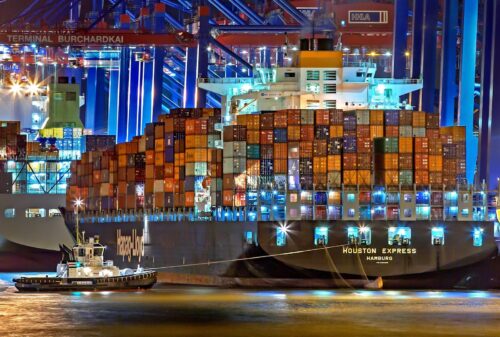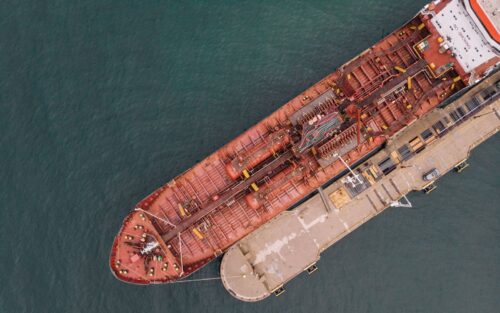Feeder Ship: History, Design, and Sizes

In the ever-evolving world of global trade, the efficient transportation of goods is paramount. Key players in this logistics dance are feeder ships – versatile vessels designed to bridge the gap between large containerships and smaller regional ports.
As we delve into these maritime workhorses, we will uncover their history, design, purpose, and critical role in our interconnected global economy.
Feeder Ship Vessel Design: Size and Purpose
Feeder ships, a category of cargo ships, are distinguished by their size, operational capabilities, equipment, and specific purpose within the marine industry. These vessels are designed to transport containers from larger ports, where gargantuan Post Panamax and New Panamax vessels berth, to smaller ports needing more infrastructure to accommodate these larger container ships.
Feeder ships’ smaller size and cargo capacity enable them to navigate the shallower waterways and inland ports, extending the reach of the global shipping network. Their design allows the efficient loading and unloading of containers, helping to streamline port operations and reduce turnaround times for containers.
Size: Feeder ships are considerably smaller than their Panamax and Post-Panamax counterparts. This smaller size allows them to navigate more restricted waterways and enter shallower ports.
Purpose: The primary purpose of feeder ships is to “feed” cargo to larger ships or transport goods from central container terminals to larger ships or smaller regional ports.
Feeder ships can be classified into three main types of feeder vessel, depending on their size and capacity. These include:
- Feeder Containerships (up to 1,000 TEUs): These are the smallest type of feeder vessels, designed to carry a relatively small number of containers. They are ideal for serving small ports with low cargo volumes.
- Feedermax Containerships (1,000 – 2,000 TEUs): Larger than the feeder containerships, these ships are typically used to transport cargo to medium-sized or high-volume small ports.
- Panamax Containerships (2,000 – 5,000 TEUs): These are the largest type of feeder’s vessels, named after the Panama Canal’s original dimensions they were designed to fit through. They transport cargo from the largest hub ports to smaller ones and are also used in trans-oceanic routes with moderate cargo volume.
Mother and Feeder Ship Relationship
In the world of global shipping, the relationship between mother ships and feeder ships is vital. The mother ships, also called mainline or trunk vessels, are the sea giants. These colossal vessels, including Panamax and Post Panamax ships, traverse the major shipping routes, carrying vast quantities of cargo across the oceans.
Due to their sheer size and ultra large cargo volume, these mother ships require deep-water ports with adequate infrastructure, such as large cranes and extensive storage facilities, to load and unload their cargo. However, not all ports are capable of accommodating these vessels. This is where feeder ships come into play.
These smaller vessels transport the cargo from the mother ships docked at hub ports and distribute it to smaller, regional ports that cannot handle the size of the mother ship. This intricate system enhances efficiency and ensures that goods can be transported to various destinations, irrespective of port size or location.
Feeder ships act as crucial links in the global supply chain, connecting the dots between the large mother ship and the final destination, thereby playing an invaluable role in global trade.
Feeder Ship History and Origin

The history of feeder ships is intrinsically tied to the evolution of global trade and the shipping industry. As international trade increased and ships grew, the Panama Canal, a critical maritime artery, posed a limitation due to its size constraints.
Panamax vessels, specifically designed to fit the original dimensions of the Panama Canal locks, were the largest ships capable of transiting the canal until its expansion in 2016.
However, many major ports, particularly those on the East and Gulf Coasts, needed help to accommodate these larger ships, giving rise to the need for feeder vessels. Over time, shipping lines recognized the value of using smaller, more flexible vessels to complement their larger fleet, leading to the rise of feeder ships.
Today, ship-building hubs worldwide, such as those in China, South Korea, and Denmark, specialize in constructing these versatile vessels, contributing to their growing presence in the global maritime fleet.
Design and Seafaring Technology
Feeder ships are marvels of maritime technology, with designs optimized for efficient cargo handling, navigational flexibility, and fuel economy. Their smaller size allows them to sail from the Panama Canal to other ports that larger vessels can’t reach, proving their essential role in the industry.
By integrating advanced navigation systems, energy-efficient engines, and innovative cargo-handling mechanisms, these ships continue pushing maritime transportation efficiency boundaries.
Size and Variables
Feeder ships vary in size but are generally smaller than Panamax vessels, typically carrying between 200 to 1000 twenty-foot equivalent units (TEUs). Their size is strategically designed to navigate narrow and shallow waterways, with a more minor draft and beam than larger cargo ships.
Variables affecting their design include the nature of the cargo, the specific requirements of the ports they service, and the physical constraints of the shipping routes they traverse.
What Feeder Ships Do and Shipping Routes

Feeder ships act as maritime middlemen, transporting cargo from large hub ports to smaller regional ports, extending the reach of global shipping networks.
They operate on fixed schedules, sailing predefined routes that connect larger vessels like Panamax and Post Panamax ships with smaller ports that cannot accommodate these giants.
Feeder ships are the link that the shipping process ensures goods can reach their final destinations, no matter how remote or inaccessible by larger vessels.
FAQs
Let’s delve into some frequently asked questions to better understand feeder ships.
What is a feeder vessel in shipping?
A feeder vessel is a small-to-medium-sized ship used to transport cargo from larger mother ships at hub ports to smaller regional ports that cannot accommodate large vessels.
What are the different types of feeder ships?
Feeder ships are generally classified into major size categories based on their cargo capacity, ranging from small feeders, capable of carrying up to 1,000 twenty-foot equivalent units (TEUs), to feeder max ships, which can transport between 2,000 to 3,000 TEUs.
Conclusion on Feeder Ships
Feeder ships are the unsung heroes of global trade, ensuring that cargo reaches all corners of the world, regardless of port limitations or geographical constraints.
With a rich history and a vital role in today’s shipping industry, these vessels continue to adapt and evolve, driven by advances in ship-building technology and the ever-growing demands of global commerce.
